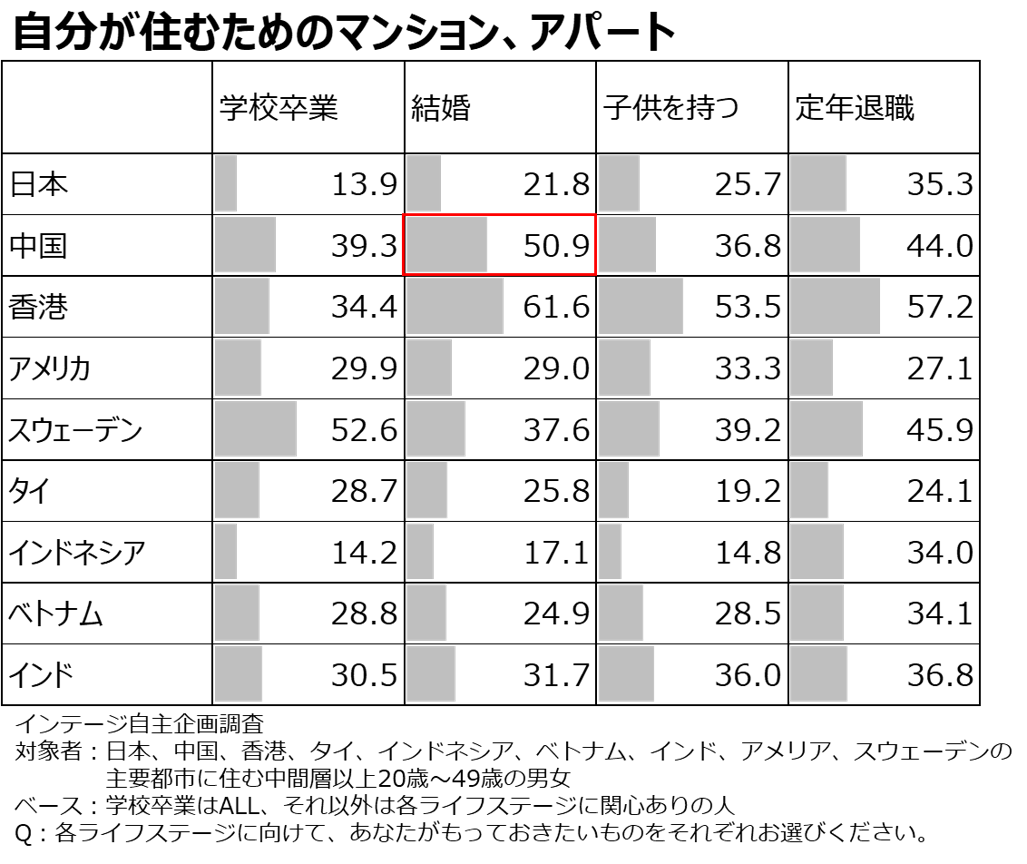[China: World Residence Tour] Parenting of the Millennial Generation
- Release date: Dec 24, 2021
- Update date: Sep 09, 2025
- 6263 Views
Children born during China's one-child policy era are often called “little emperors.” This term refers to the phenomenon of overprotective parenting stemming from their status as only children. Today's millennial generation was raised precisely under this one-child policy. This time, we'll explore the theme of millennial parenting, explaining what concerns current parents have as they raise their children.
Diet
China has an ancient proverb: “Illness enters through the mouth.” Traditional Chinese medicine also practices “diet therapy,” a custom of maintaining health through medicinal cuisine. Consequently, Chinese consumers pay close attention to their diets, which most directly impact their health. Compared to adults, children's bodies are more vulnerable, so millennial parents are especially vigilant.
First, the commitment to cooking at home. One reason is hygiene concerns. Some parents always cook breakfast at home because they worry about what might be in food bought outside. Also, since items sold outside often include fried foods, they insist on cooking at home for health and nutritional balance. For breakfast at home, they steam items like buns or shumai in a steamer. Some households even go out of their way to choose organic powdered milk for their morning drink.
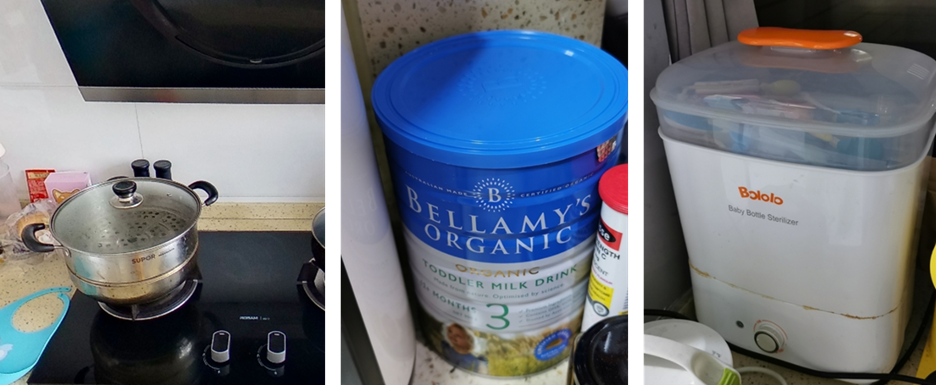
Steamer for breakfast (left), organic powdered milk (center), bottle sterilizer and dryer (right)
(Source: Consumer Life Panorama)
What is Consumer Life Panorama?
This is a website-type database that has accumulated visual data on more than 1,000 sei-katsu-sha from 18 countries around the world. The database includes many 3D models of living environments and 2D data of items owned by each sei-katsu-sha, and is useful for understanding overseas sei-katsu-sha, which is difficult to grasp using only letters and numbers.
Using visual data such as those cited in this column,
Compare the differences in the attributes of overseas consumers
To get a realistic understanding of the actual usage of each category
To understand the overall lifestyle of target consumers
etc., can be utilized as a “no-go” home visit survey.

Children often eat lunch at daycare or school, but when they return home in the evening, they frequently cook their own dinner. Since children can be picky eaters, I make a point of planning dinner menus myself, carefully considering nutritional balance to ensure they get a well-rounded meal.
Not only that, but children's meals are prepared with the overall nutritional balance for the entire week in mind. They try to feed them a variety of foods like meat and fish, and use reduced-sodium soy sauce designed for children. Some households even use Japanese-made mild curry roux specifically for children. They say this is because it contains various vegetables and no chemical seasonings, making it a safe choice.
Laundry
Creating an environment where children are shielded from exposure to various germs extends beyond diet to laundry practices. In China, particularly among higher-income households, some families purchase washing machines dedicated solely to children's clothes, though usage varies by household.
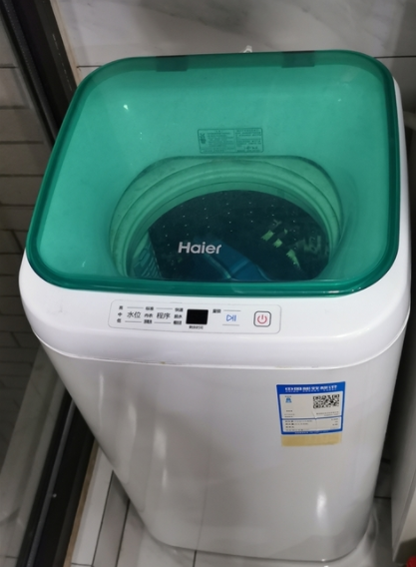
Shanghai households use dedicated children's washing machines (Source: Consumer Life Panorama)
First, let's look at this household living in Shanghai. They own a Haier compact washing machine designed for children. This machine features a high-temperature sterilization function. To protect their child from germs and viruses, they wash the child's clothes separately using this machine, keeping them apart from the adults' laundry. Another point they are careful about is washing the child's clothes daily. When asked why, they explained that since various bacteria exist, leaving the clothes unwashed would allow them to multiply. Consequently, even on busy weeknights around 11 PM, they always wash the child's clothes. They also use a different detergent than for adults—one with a milder scent and no harsh chemicals.
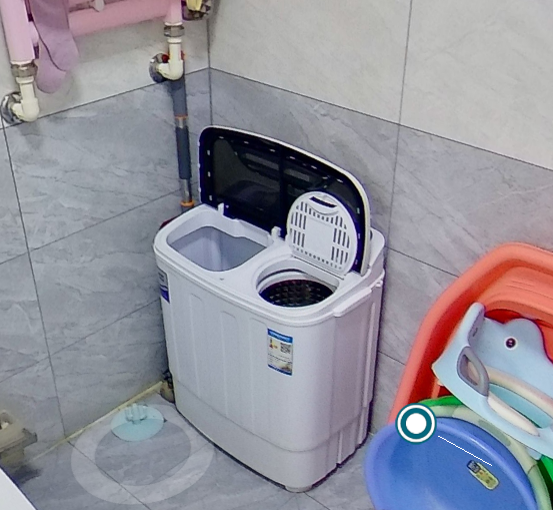
Children's Washing Machines Used by Households in Harbin
(Source: Consumer Life Panorama)
Next, let's look at this person living in Harbin. They use a regular twin-tub washing machine, but only for the spin cycle. For regular washing, they hand-wash clothes using a tub stacked next to the washing machine. The typical method is to first soak the children's clothes in the tub, hand-wash them, then put them in this small washing machine to spin-dry before hanging them out to dry. Since children touch all sorts of things outside, like in Shanghai, they insist on washing clothes daily. They also use detergent with fewer chemicals and is gentle on the skin—an organic one for the children.
-
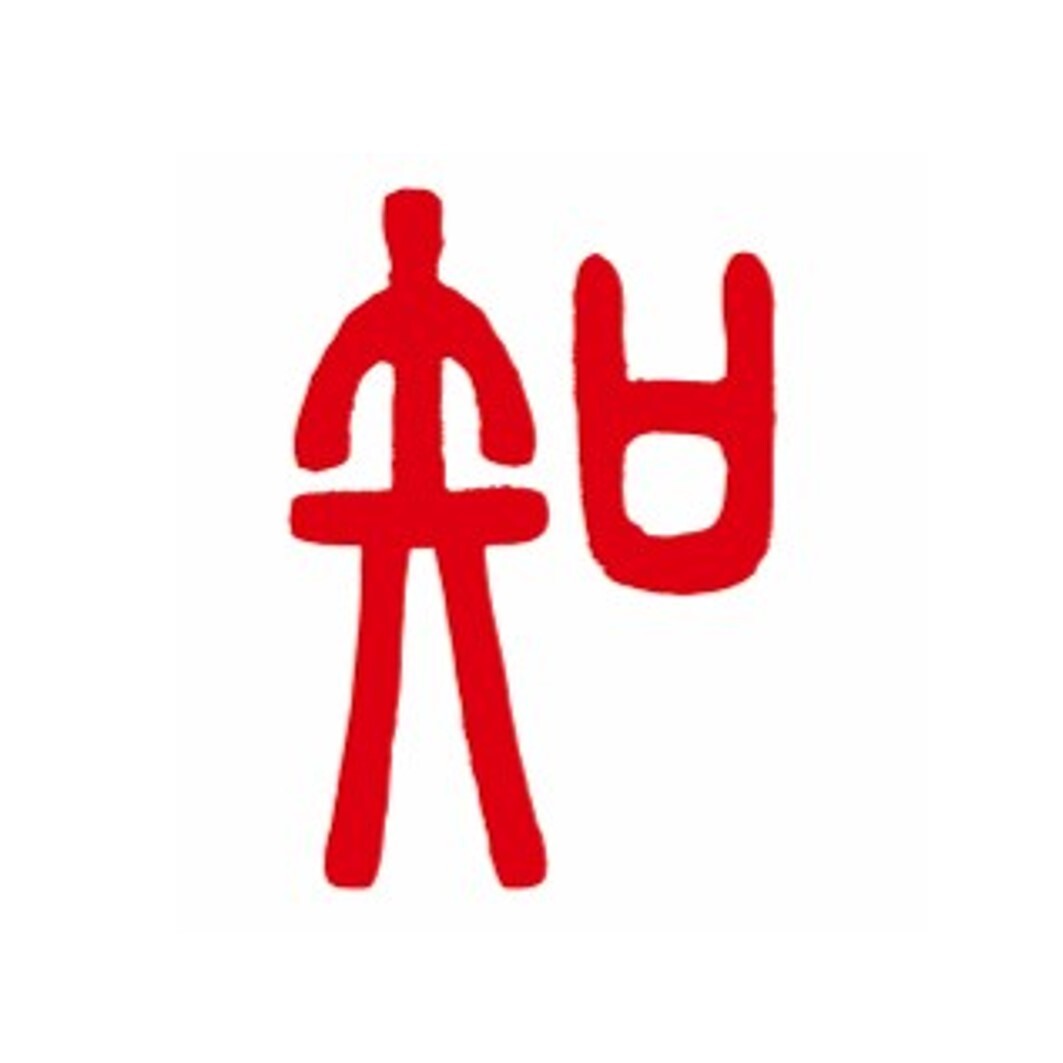
Author profile
Yang Yan
A Chinese researcher based in Japan, primarily reporting on the realities of overseas consumer lifestyles, with a focus on China. I always wash my underwear myself in the shower.
-

Editor profile
Yusuke Tatsuda
Responsible for building the Global Market Surfer website. Shocked to discover China has washing machines designed for children.
 Global Market Surfer
Global Market Surfer CLP
CLP

